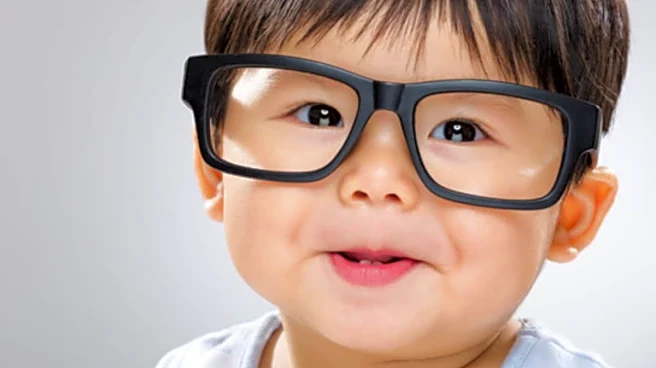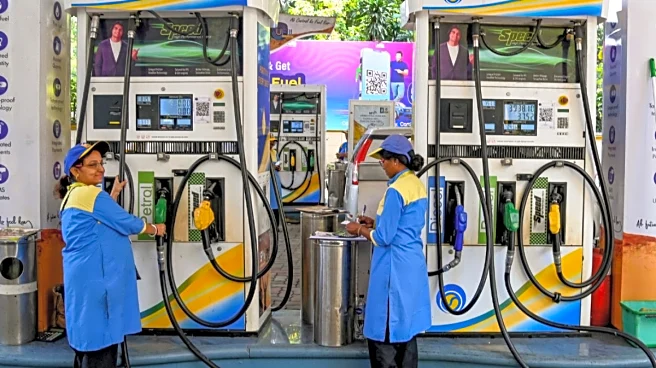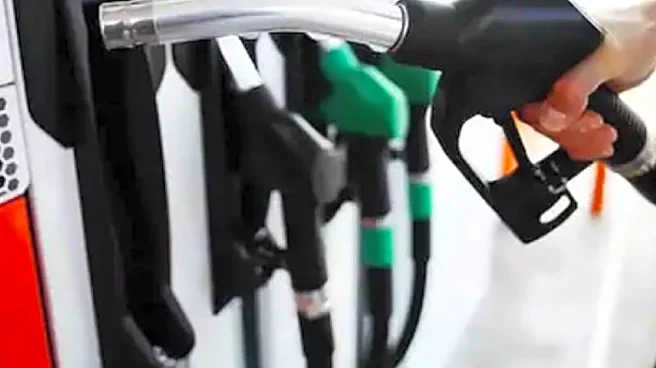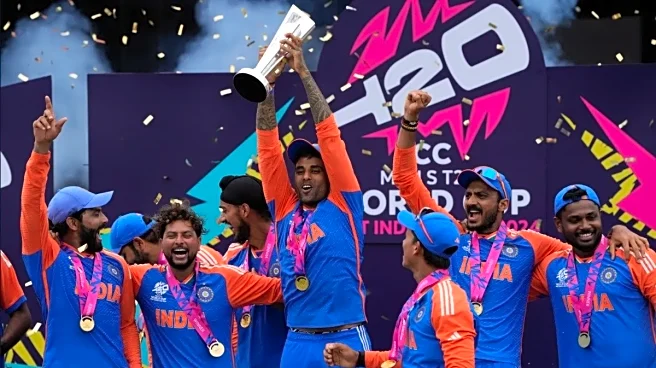For years, conversations around childhood myopia have revolved almost entirely around screen exposure. But India’s rapidly urbanising metros – blanketed by a permanent haze of pollutants – are revealing a deeper, more complex truth. In cities like Mumbai, Delhi, and Bengaluru, children are growing up under skies that no longer offer the bright, protective daylight their eyes depend on. Even as parents attempt to balance screen habits, the environmental backdrop is quietly reshaping visual development in ways that are only now becoming visible to clinicians.
The Silent Threat Of Smog-Induced Light Deprivation
“Screen time is often portrayed as the primary villain behind rising childhood myopia, but in dense urban centres like Mumbai, the silent threat of smog-induced light deprivation is equally
concerning,” says Dr. Susha Sugathan, Founder, Neueye Advanced Eye Care, Mumbai.
Natural daylight, she explains, plays a critical role in regulating eye growth. “In effect, city smog acts as a thick filter, robbing children of the light intensity their biology depends on,” Dr Susha adds.
Echoing this concern, Dr. Vivek Sharma, Cataract, Cornea & Lasik Surgeon at Shrihari Eye Care, Delhi, notes that in Delhi NCR, the environmental burden is significantly altering how children’s eyes develop. “Days with poor air quality reduce sunlight intensity, lowering the protective effect that bright outdoor light provides against myopia progression.” He points out that while children ideally need two hours of strong natural light daily, smog-choked cities rarely offer it.
Dr. Munita Raut from Dr. Agarwals Eye Hospital, Bengaluru, notes, “Construction dust, vehicular emissions, and seasonal smog episodes have steadily diminished the amount of natural light reaching children.” This reduction affects dopamine release in the retina, which is a key process that prevents abnormal elongation of the eyeball.
How Pollution Is Redrawing The Myopia Map
As air quality worsens, patterns are shifting. Many children who have minimal screen exposure still develop myopia, a trend clinicians say cannot be explained by lifestyle alone.
“This isn’t an isolated phenomenon. It’s a pattern becoming apparent as air pollution worsens across our metros,” Dr. Sugathan observes.
Pollution indirectly worsens the problem by forcing children indoors. Dr. Sharma notes that schools often keep students inside on high-pollution days. “This leads to increased digital engagement, which, combined with reduced light exposure, accelerates the onset of myopia.” Smog-related irritation, watering, and eye fatigue further push kids away from outdoor play.
Dr. Raut adds that even when children do go outdoors, the quality of that exposure has changed dramatically, with diffused, weakened light offering far less protection than before.
A Holistic Vision Strategy For Urban Children
Experts believe that India urgently needs a broader approach – one that views childhood myopia as both a lifestyle and environmental issue. Cleaner air, better-lit classrooms, more green cover, and structured outdoor time during cleaner hours can significantly improve visual health. Parents must look beyond screens and consider the atmospheric conditions shaping their child’s everyday environment.
Childhood myopia in Indian cities is no longer just a screen-time story. It’s an environmental one. As smog dims the natural light that children’s eyes rely on, awareness, policy change, and daily routines must evolve. Protecting young vision in the age of pollution requires not just limiting devices, but reclaiming the clear, bright daylight that urban life has taken away.










/images/ppid_59c68470-image-176355509244586915.webp)

